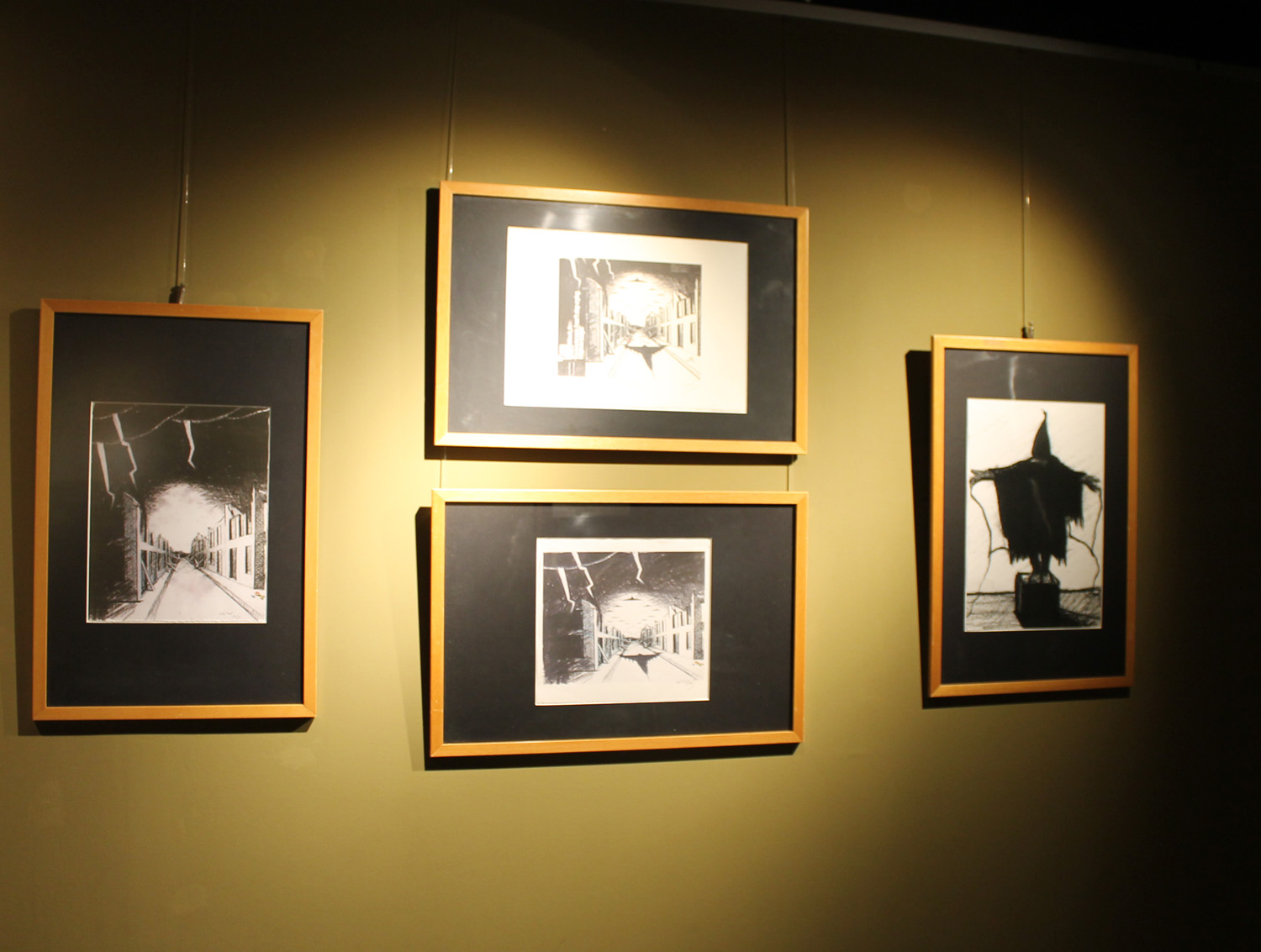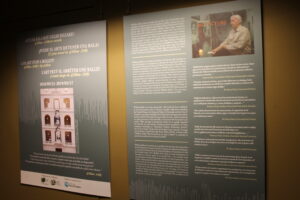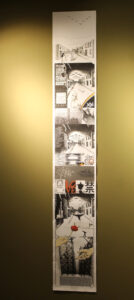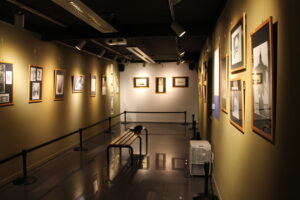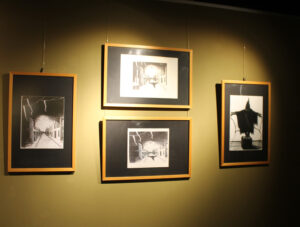CAN ART STOP A BULLET? William Kelly’s big picture
‘A painting cannot stop a bullet but a painting can stop a bullet from being fired.’ William Kelly
‘Beauty, grace and love are not to be found in the barrel of a gun or in the midst of violence. They are not to be found in the midst of aggression, attacks or in the rejection or detention of refugees and asylum seekers. Beauty, grace and love begin for me in the image of a child cradled in its mother’s arms, in the smile of a child who knows love, in the laughter of a child at play.’
‘While politicians promote militarism, attack neighbouring countries… daily, in the media, I see the destruction of beautiful ancient cities, deaths of soldiers (‘heroes’) and civilians (‘collateral damage’); men, women, children and babies. Yes. Babies. If we accept this, how callous have we become?’
‘Yet, in the midst of these daily horrors, there are the ‘givers of gifts’, ‘peacemakers’, ‘bridge builders’ – the builders of the ‘foundation’ for change. When we understand that violence is our weakness, we will understand that love is our strength.’
‘Art can be in service to brutality, whether the ‘divine artists’ of the Third Reich, the unrelenting violence emanating from some computer gaming and some Hollywood films or it can speak to our better selves. The work of the pacifist artist Picasso is a benchmark against violence – his ‘Guernica’ shows us the tragedy of war – and presents us with a flower of hope. Nick Ut’s ‘Vietnam Napalm…’ photograph is said to have helped stop the Vietnam War.
I am not alone. In the ‘group’ of peaceable artists I would bring together there is Kathe Kollwitz, Robert Indiana, Hermann Hesse… artists from Charlie Chaplin and the Dixie Chicks. Warriors or peacemakers? I know who I and my art will stand with.’
‘Art has strength. Meaningful art requires bravery. It can change people’s thinking. Art can change hearts. Art can stop a bullet from being fired.’
William Kelly
Some time ago the Gernika Peace Museum had an exhibition of Picasso’s drawings and studies for his ‘Guernica’. It gave us insights into the thinking and the processes that led to that remarkable painting. Now, similarly, we include dozens of drawings and works for William Kelly’s influential artwork ‘Peace or War/The Big Picture’ as well as documentation of its original installation in Melbourne in 2017, where it was seen there by over 100,000 people.
This exhibition documents the development of that work from its first sketch. It also owes its beginnings to the title of a parallel initiative…a film that is now in production… ‘William Kelly’s Big Picture/Can Art Stop a Bullet?’
William Kelly is an artist and pacifist. His work has been exhibited in over 20 countries and is in dozens of public collections including the United Nations, the National Gallery of Australia and the City of Gernika-Lumo. Born in Buffalo, New York and now living in Australia it has been said that ‘through the impact of his art work… he has mentored an entire generation internationally to become both ‘humanists’ and ‘artists’.’ Rare amongst contemporary artists, he is equally regarded for both his art and activism, having received recognition on three continents including an ‘Australian Violence Prevention Award’, the ‘Coat of Arms’ of the City of Gernika-Lumo and the ‘Courage of Conscience Award’ from the Peace Abbey (USA). A feature film ‘William Kelly’s Big Picture/Can art stop a bullet?’ is currently in production and due to be released in 2019.
‘Kelly has devoted his life and art to the peace movement and is widely considered as the moral conscience of Australian art. He is a gifted, and at times, brilliant, natural draughtsman…’
Professor Sasha Grishin, Australian National University.
‘He points us ominously towards the consequences, the recurrence of history, if we do not begin now, here, to transform war to peace, and violence to love.’
Dr. Rama Mani, Oxford University.
museoa@bakearenmuseoagernika.eus
